Geometric or organic shapes coordinated in a concentric way constitute one of the most powerful sacred, philosophical, religious and ritualistic symbols belonging to different periods of history and cultures in the world: the mandala . Despite its very familiar image, the full meaning of the mandala remains unknown given the wide range of shapes, colors and functions that are chosen according to intention and purpose.
They appear painted on the walls, on plates , incense burners and mdf or rustic wood pictures; or inspiring prints of fabrics for blankets , embroidered pillow covers and carpet shapes; in addition to complementing the zen decoration with the energy of the combination of shapes and colors to enhance practices aimed at well-being such as yoga and meditation .
A historical overview of the mandala

The nomenclatures of the Zen universe are, in general, based on the Sanskrit ancestral language of ancient India and the same occurs with the mandala that in Sanskrit it means “ circle ”. The varied formats with geometric designs ( circular , square , triangular ), abstract or organic ( flower of life , lotus flower and arabesques ), maintain the harmony of the elements from the concentric nature that transforms it into a symbol of unity , eternity, wholeness and balance .
In many cultures such as Buddhist and Hindu , the colored mandala is seen, among other concepts, as the cosmic order , that is, the diagram or symbolic image of the universe (macrocosm) integrated into the being (microcosm) that acts as a tool for the journey of spiritual evolution . The mandala symbol also has a therapeutic bias and talks about the psychic order .


Swiss psychoanalyst Carl Jung was a pioneer in introducing the mandala into psychoanalysis as a therapeutic tool to understand the unconscious in the early 20th century. In the perspective that underlies Jungian theory , it represents the psyche , the struggle for the unity of the psychological and spiritual self that promotes a deeper connection between consciousness itself and spirituality through concentration on the shapes and colors that constitute the three levels of its structure psychic (being in oneself, personal and collective unconscious).
Colorful mandalas with visually appealing designs composed of the sacred geometry of circles , triangles and squares promote concentration, focus, confidence by absorbing the mind and stopping inner noises and destructive thoughts - a fact that makes them essential tools in Zen environments to establish a point focus on meditation . In Jung 's words in “ The Archetypes and the Collective Unconscious ” (2002), the most significant are the yantras of Tibetan Buddhism , used for contemplation.
The importance of mandala in Buddhism and Hinduism

The mandala is part of Hindu culture as a symbol of divine presence and a ritualistic element of guidance and sacred space . It represents the connection between materiality and spirituality and displays the laws that govern the cosmos , especially in psychophysical practices such as yoga , tantra and meditation . Intricate designs, such as those inspired by lotus flower petals, are potent tools for keeping the mind focused and spiritual unity.
In Buddhist culture , mandala patterns not only exalt the universe, but Buddha-nature and Buddha 's teachings for enlightenment encompassed by the impermanent, cyclic essence of life represented by the outer circle. Tibetan Buddhism is one of the strands of Eastern philosophy and tradition that best explore the symbology of the colored mandala using art with sand as an exercise in liberating attachment and ignorance and representing the journey of evolution of human consciousness towards the Buddha state (enlightened ).


Sand mandalas ( Dul-Tson-Kyil-Khor ) made by Tibetan monks are true jewels of Tibetan culture , as they explore the structure of the universe and the impermanent nature of all that exists through the most refined art . The Tibetan mandala ( kyilkhor ) is elaborated with the structure of a palace (or temple) centered on the buddhic essence that radiates in four virtues (or gates): compassion, loving-kindness, fairness and selfless joy.
In addition to the Buddhist philosophical and religious concept that aims to end the suffering of the world through the correct view of reality and the perception of the divine in all that exists, Tibetan color mandalas are the most sublime teachings on the impermanence of life and the most powerful exercises of detachment, since when completed they are completely destroyed.
The presence of the mandala in Zen decoration

Incorporating the mandala into interior decoration expands the functionality of Zen art and redefines its concepts by considering beauty and aesthetics to promote the energetic benefits of its positive vibrations in the environment. As decorative arts , the wall mandalas materialize the lightness of the modern boho style, coloring different spaces by using chromotherapy and color symbology to define the intention of the piece and promote well-being.
When coordinated with abstract , geometric or organic artistic representations, the colors also make the wall decoration more cheerful and impactful without disconnecting from the purpose of provoking spiritual awakening and incorporating the sacred into interiors, aiming to heal, balance, energize or purify everything. whatever is part of Zen practices and space .

If decorative mandalas alone already enhance the environment at a physical and energetic level, one can imagine the beauty and magnitude of combining them with other oriental arts with the essence of zen such as Indian lanterns , lotus candle holders and Buddha images . The decoration will be even warmer and more personalized if you dare to use wooden furniture and handcrafted products with natural fibers. Visit our virtual store and find inspiration for your temple and home!
Namaste!
Milene Sousa - Art & Tune


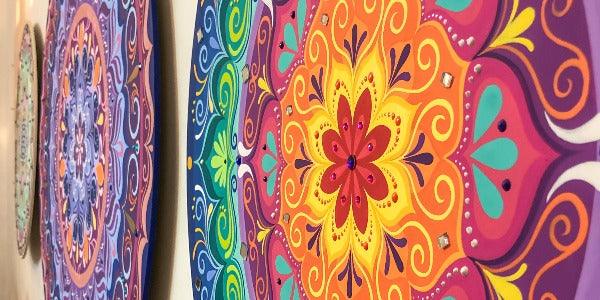
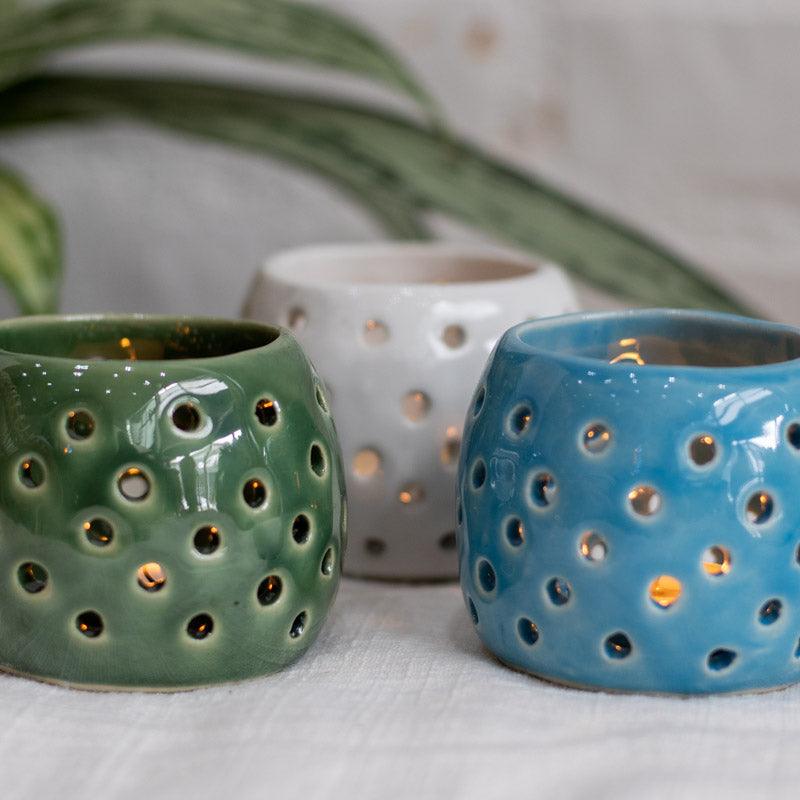
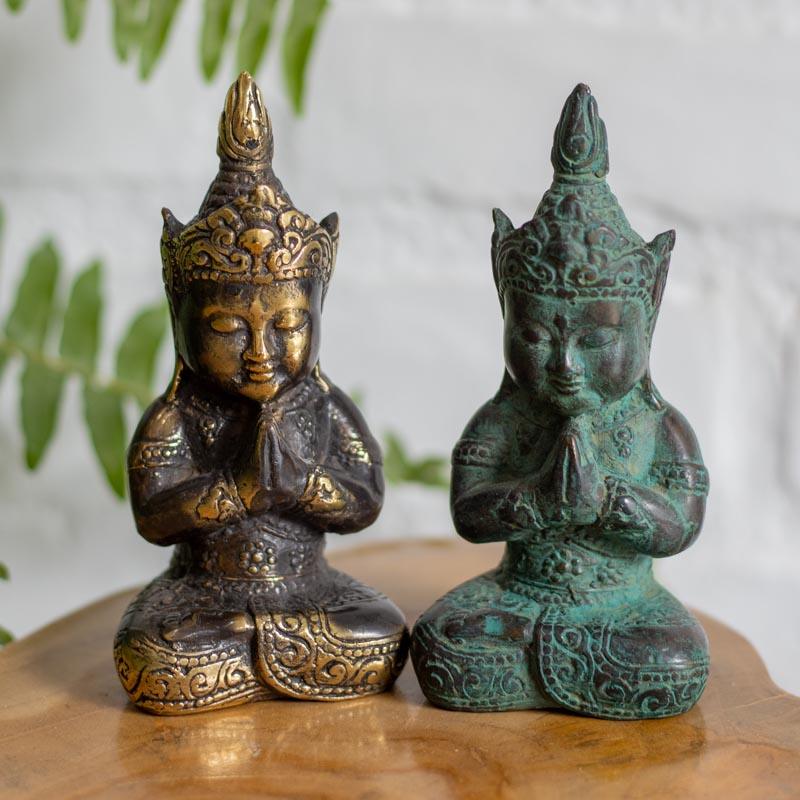
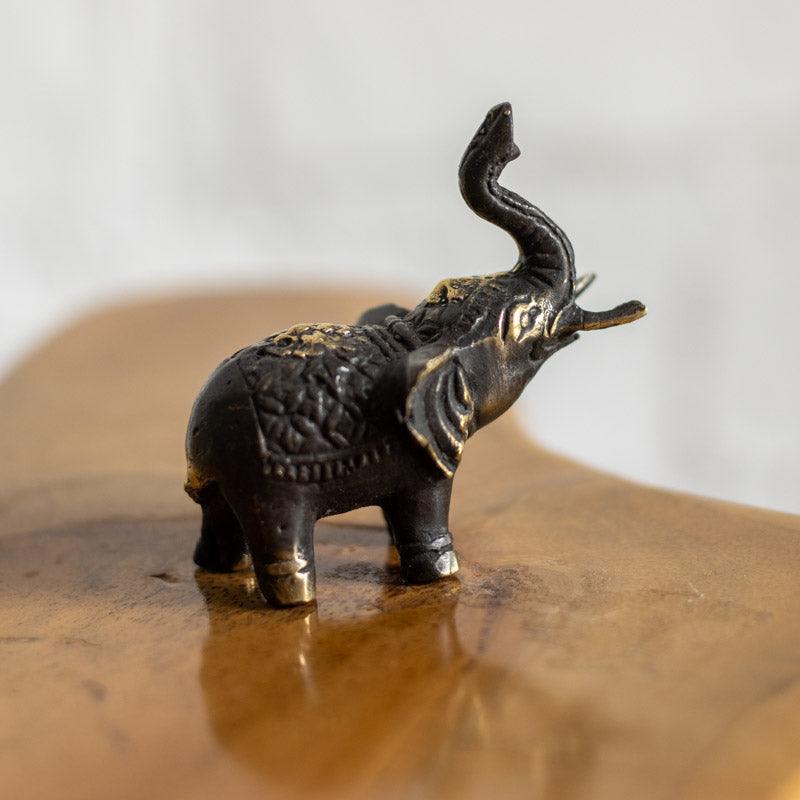
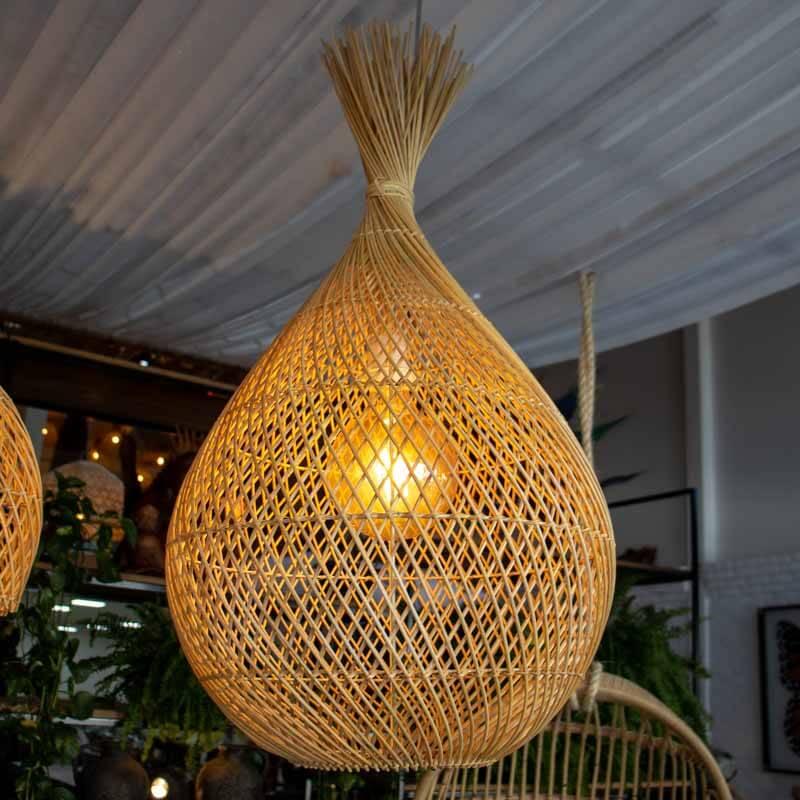
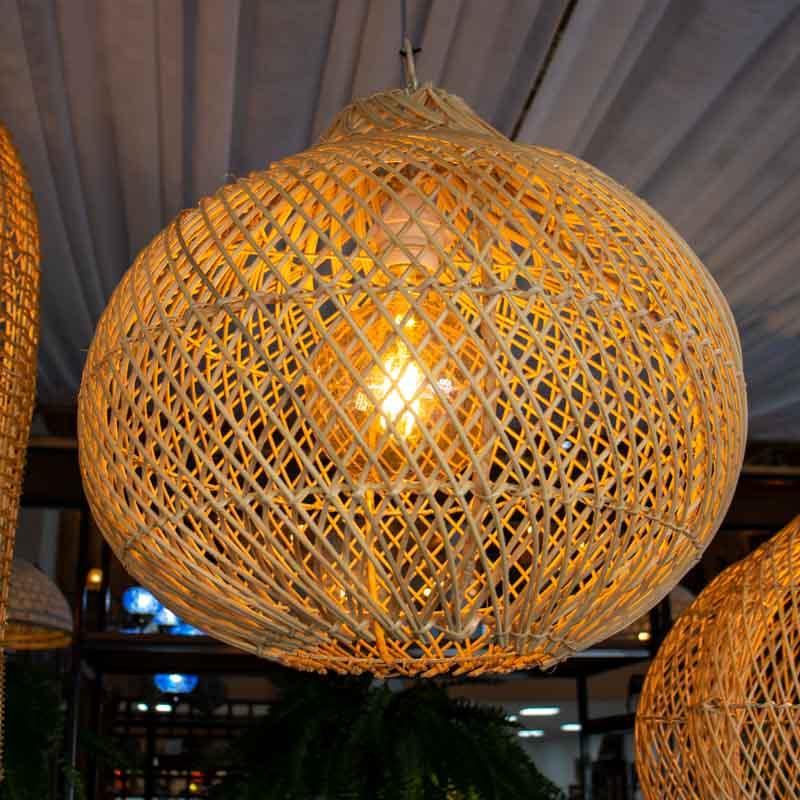
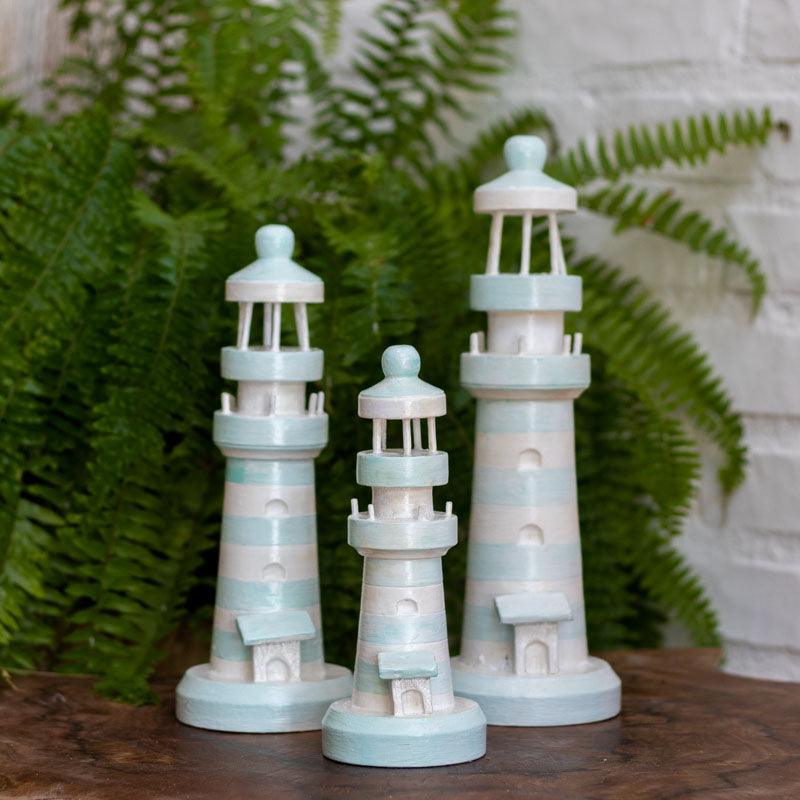
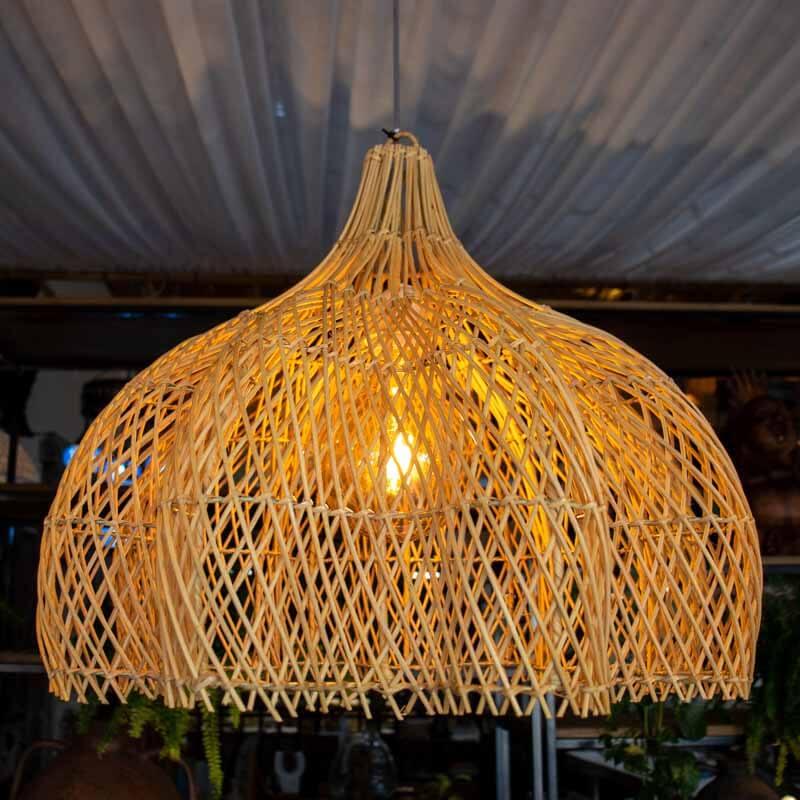
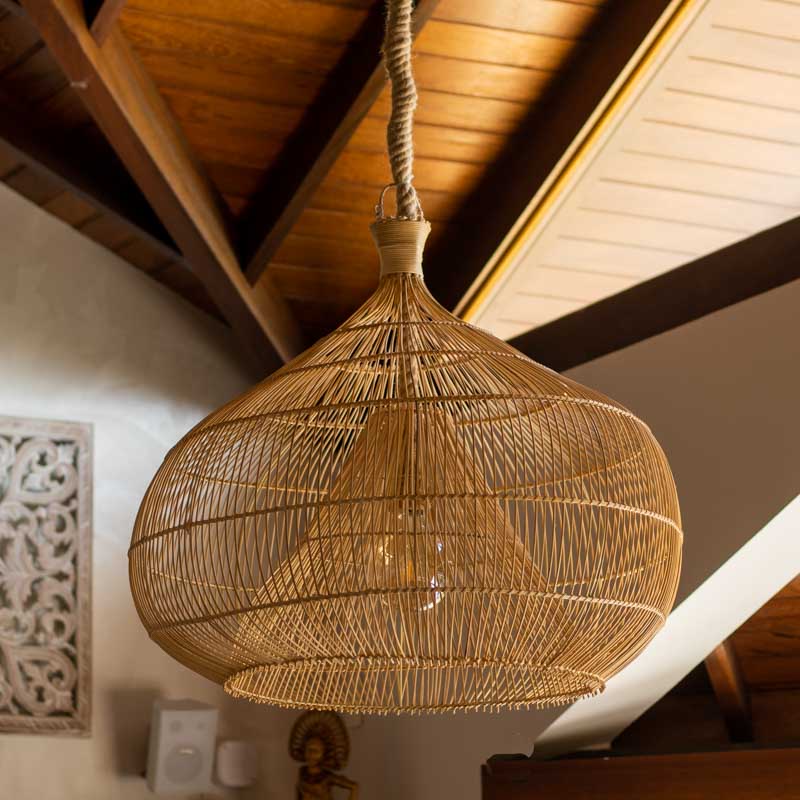
2 comments
Perfeito. As mandalas me atraem muito, algo me chama para esse universo. Muita energia boa.
Lindas mandalas!!
E qual seria o valor de uma p colocar na parede??